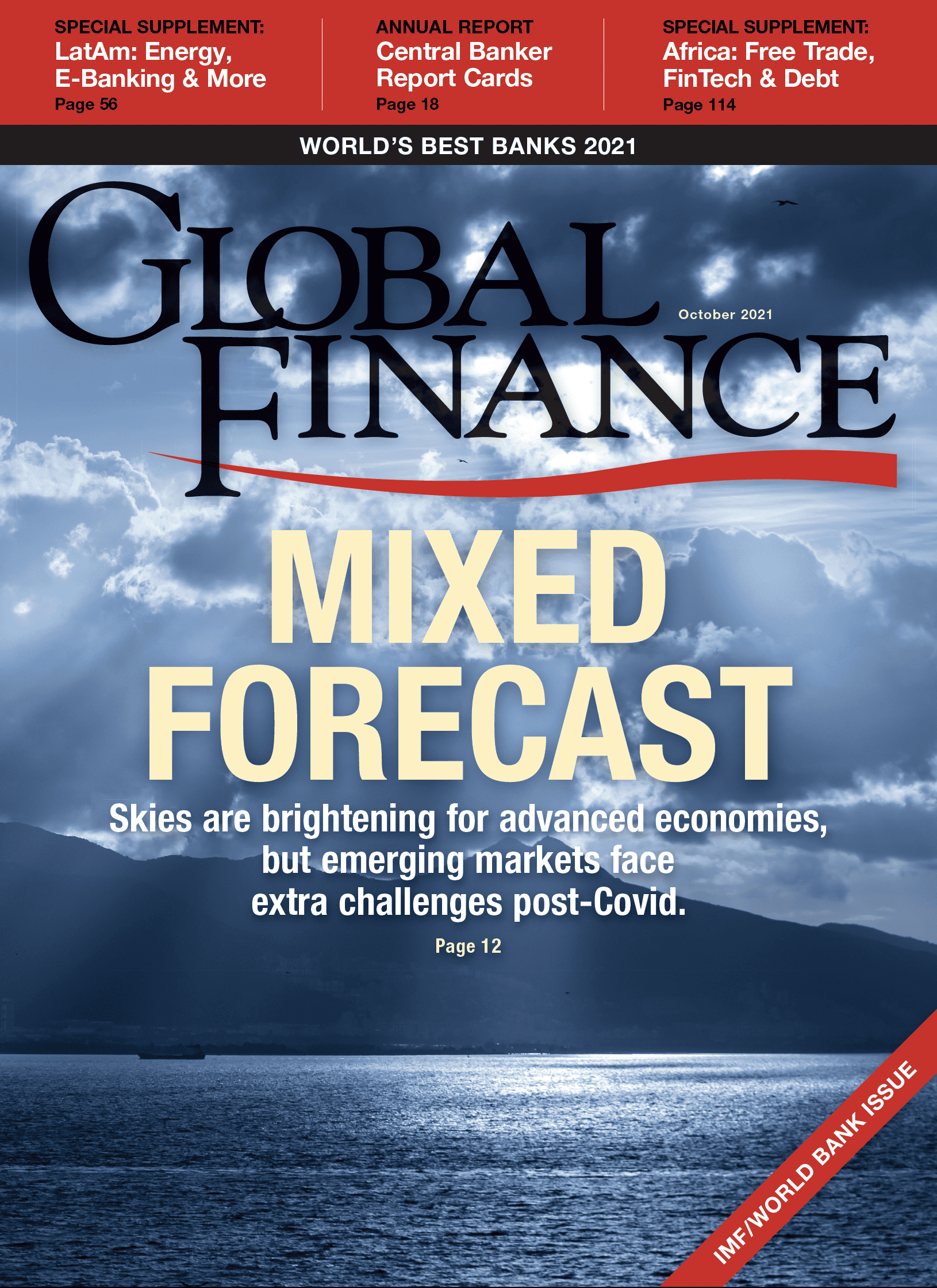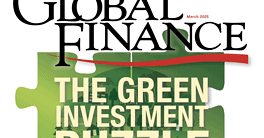Andrea Fiano's letter to you, the reader.
VOL. 35 NO. 10

Click Here To View Full Issue
Central bankers have not had an easy time in the last 12 months. In the early part of the year, the effects of the coronavirus and uncertainty over its economic consequences created a new level of concern at central banks everywhere. More recently, the issue of inflation dominated central bank commentaries. And yet many central banks have started to slow their tightening cycles; some have even cut rates, and very few—if any—will hike them until a more persuasive recovery takes hold.
With this in mind, we conducted our annual review of the performance of central bankers around the world, and assigned grades in our annual “report cards.” We had to do it with an eye to the new global reality, that is a result not just of the coronavirus but also of the intense quantitative easing among industrialized nations from Japan to the US.
We were pleasantly surprised: This year’s class performed exceptionally. Many central bankers from different regions earned top A or A- grades, despite different kinds of mandates and very different local economic conditions. It is a positive verdict on the strong policy responses adopted by many monetary authorities at the global and local levels in the last 12 months.
In this issue, which coincides with the annual Fall meeting of the IMF and the World Bank (virtual again this year), we also try to look at global economic scenarios for the near and medium term. The conclusions of Tiziana Barghini’s cover story are not as sanguine as the grades we gave the governors. The reasons are relatively simple: Uncertainty about future developments of the pandemic and its economic (and human) consequences remain high; and the recovery is and has been uneven worldwide. Emerging economies in particular have a very delicate task in balancing the need for stimulus with increasing public debt.
One silver lining is that productivity has increased globally during the pandemic. It is another pleasant surprise.

Andrea Fiano | Editor
afiano@gfmag.com

